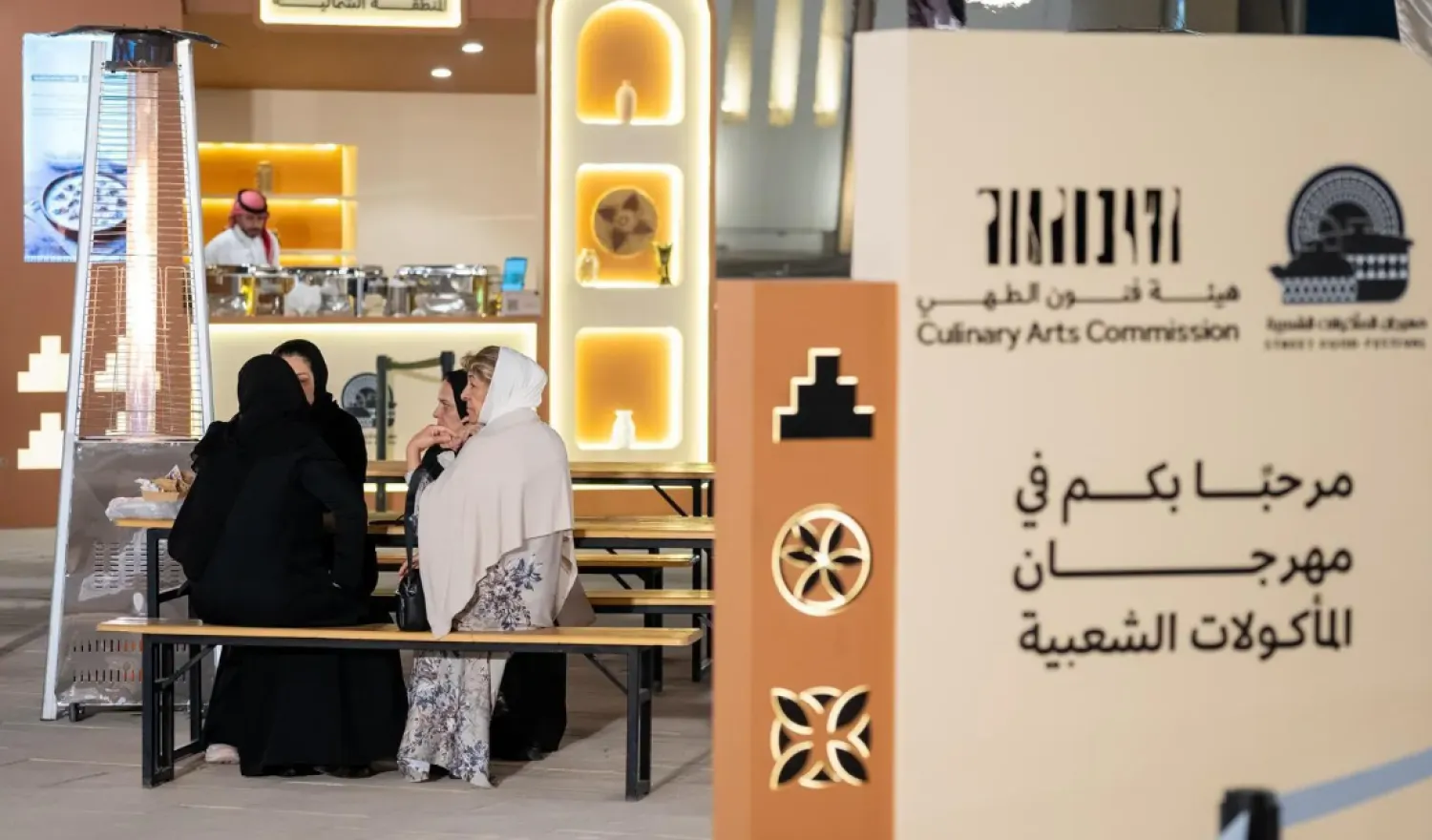The long-awaited moment has arrived for Saudi Arabia’s inaugural scientific expedition into space following a 16-hour journey since the triumphant launch of the Crew Dragon spacecraft.
The spacecraft is carrying Saudi Arabia and the Arab world's first female astronaut, Rayana Bernawi, and Saudi fighter pilot Ali Al-Qarni.
With the crew now united with their fellow astronauts on the orbiting laboratory, they are ready to embark upon their scientific, research, and humanitarian endeavors.
The Axiom Mission 2 (Ax-2) successfully reached the ISS, as revealed by live footage which captured the momentous occasion.
US astronauts Peggy Whitson and John Shoffner complete the four-member crew.
Bernawi and Al-Qarni expressed their joy upon successfully reaching the ISS and preparing to commence their scientific mission.
The two Saudi astronauts carry the hopes of their fellow Saudis and eagerly anticipate benefiting humanity through the outcomes of the experiments and scientific research they are set to conduct during this historic mission.
Surrounded by the jubilant ISS crew, Al-Qarni joyfully celebrated the successful arrival and integration into the team.
In an onboard Arabic speech, he expressed pride in representing Saudi Arabia, highlighting the Kingdom’s dedication to the aerospace industry.
“We have reached this milestone, poised to conduct scientific experiments that will yield beneficial outcomes for humanity,” said Al-Qarni.
For her part, Bernawi shared that she embodies the aspirations of all Saudis in this mission following 10 months of meticulous preparation and training.
“We are living a once-improbable dream, made possible by the support of Saudi leadership and the encouragement of Crown Prince Mohammed bin Salman,” she said.
“Through this mission, we represent all Saudis and Arabs, forging a path towards scientific discoveries that benefit humanity,” she added.









